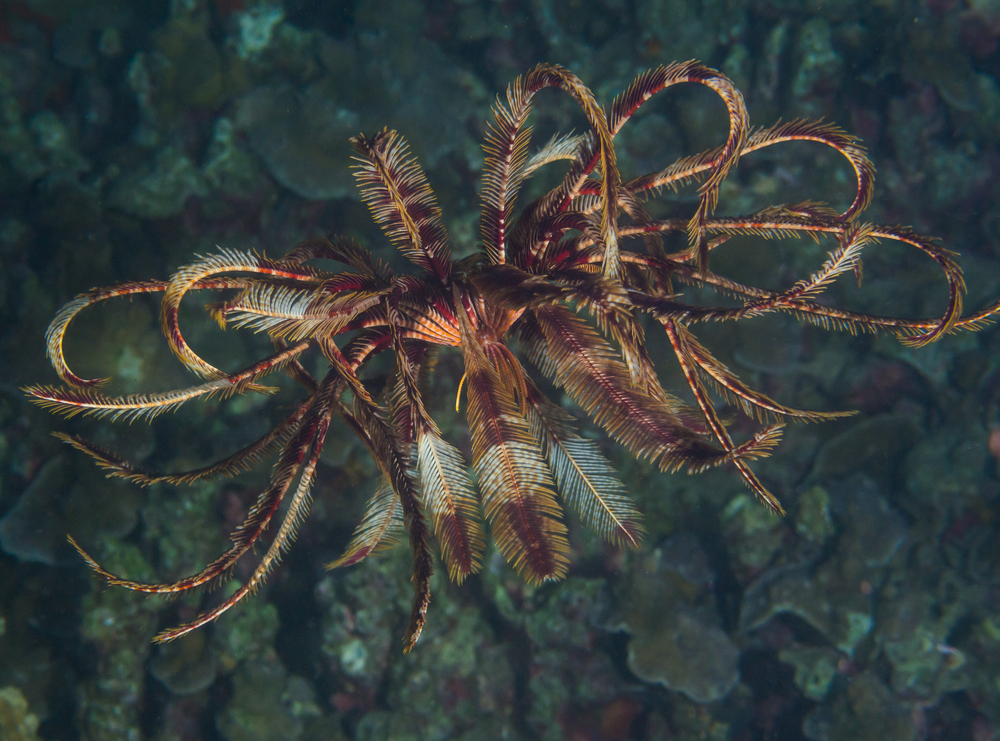Spiders are some of the most fascinating and diverse creatures on the planet, with a wide range of sizes, colors, and unique traits. Among them, the largest species captivate us with their incredible size and impressive adaptations for survival. From massive tarantulas to agile hunters, they showcase nature’s creativity in unexpected ways. Here’s a look at some of the world’s largest spiders, each with its own remarkable story and distinct characteristics.
Mexican Red Knee
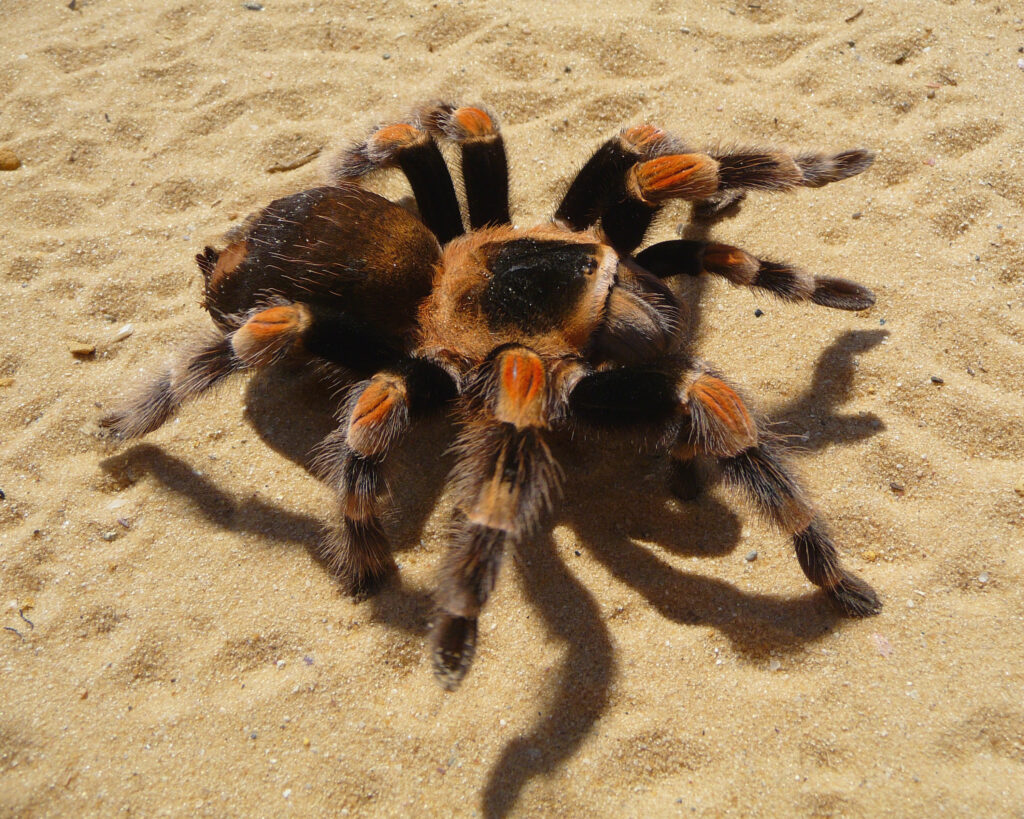
The Mexican red knee (Brachypelma smithi) is a well-known tarantula species due to its distinctive red, orange, and black coloration. Native to the Pacific coast of Mexico, this tarantula can reach a leg span of up to 6 to 7 inches. Its vibrant coloration serves as a warning to predators, and it uses urticating hairs on its abdomen as a defense mechanism. It is a docile species, making it one of the most popular pet tarantulas globally. Its diet consists mainly of insects, though it may consume small vertebrates in the wild. This species is protected in the wild due to over-collection for the pet trade, as well as habitat loss. It can live over 30 years in captivity, particularly when given proper care. It’s a slow-growing species, taking years to reach full size, especially for females.
Chaco Golden Knee

The Chaco golden knee (Grammostola pulchripes) is known for its golden bands across its legs, which contrast against its dark brown body. Originating from the grasslands of Argentina and Paraguay, this tarantula can grow up to 8 inches in leg span. It has a relatively calm disposition and is often recommended as a beginner-friendly tarantula for pet owners. While it’s a formidable predator of insects, it rarely poses any threat to humans, as its venom is mild. It can live for more than 20 years in captivity, with females outliving males by several years. This species uses its strong legs to dig burrows, where it spends most of its daytime hours. Its unique coloration makes it one of the most visually appealing tarantulas in the world of arachnids. Its calm demeanor and beauty make it a favorite among tarantula enthusiasts.
Hercules Baboon Spider
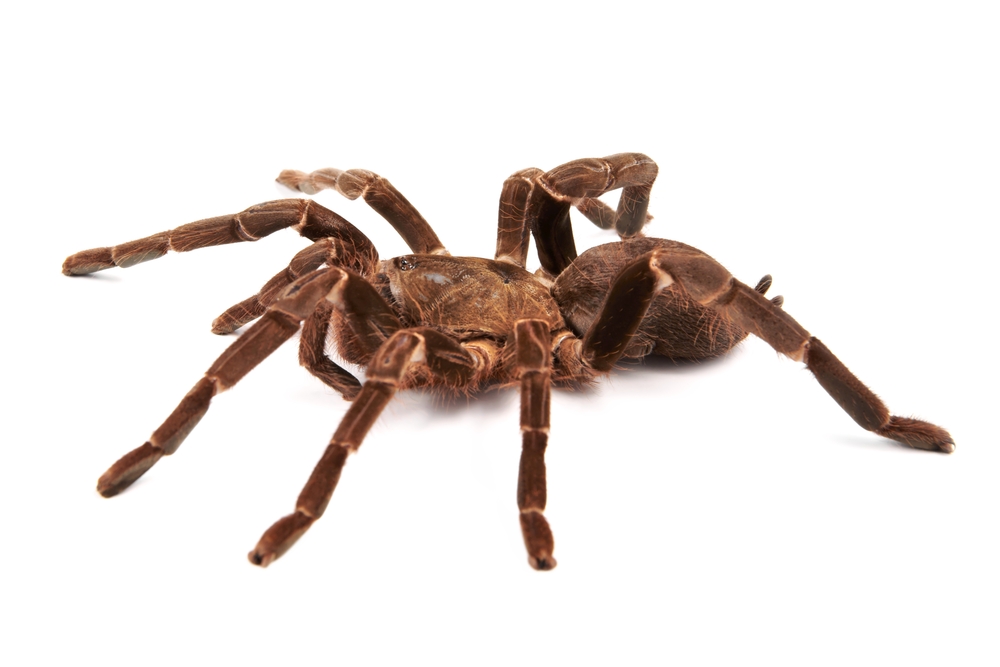
The Hercules baboon spider (Hysterocrates hercules) is one of Africa’s largest spider species, though it is extremely rare and seldom seen. Originally discovered in Nigeria, it can reach leg spans of up to 8 inches, making it one of the largest baboon spiders. Its body is a deep brown, and its legs are thick and powerful, which it uses to dig extensive burrows. It has a potent bite, though it’s more inclined to flee than to fight. Little is known about it due to its rarity, and it’s believed to be an ambush predator, waiting in its burrow for unsuspecting prey. It primarily feeds on insects and small mammals in the wild. Its elusive nature makes it a subject of intrigue among arachnologists, who hope to learn more about its behavior and habits. Its robust build allows it to navigate challenging burrowing conditions effectively.
King Baboon Spider
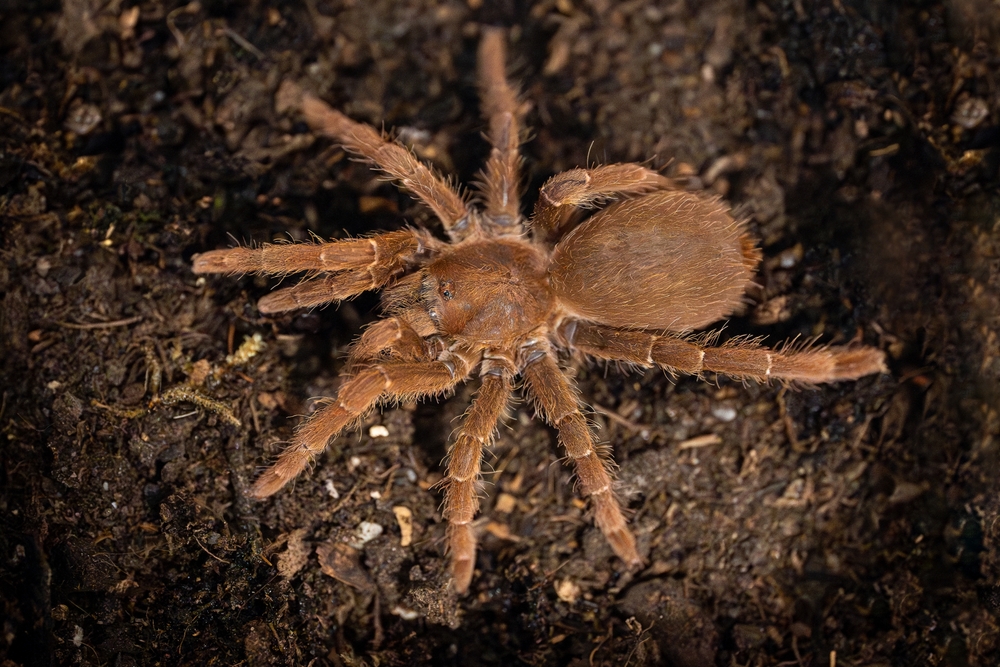
The king baboon spider (Pelinobius muticus) is a large African tarantula native to East African regions like Kenya and Tanzania. It can reach leg spans of up to 8 inches and is known for its rusty orange or brown color. It is highly defensive and will rear up when threatened, using its fangs as a primary defense. Unlike other tarantulas, this species does not possess urticating hairs, relying instead on its powerful bite. Its venom is strong enough to cause pain in humans, though it’s not considered dangerous. It is primarily a burrower, spending much of its time underground. Its strong legs are specially adapted for digging, allowing it to create extensive burrows for protection. Additionally, it has a long lifespan in captivity, often reaching 20 years or more with proper care.
Colombian Giant Redleg
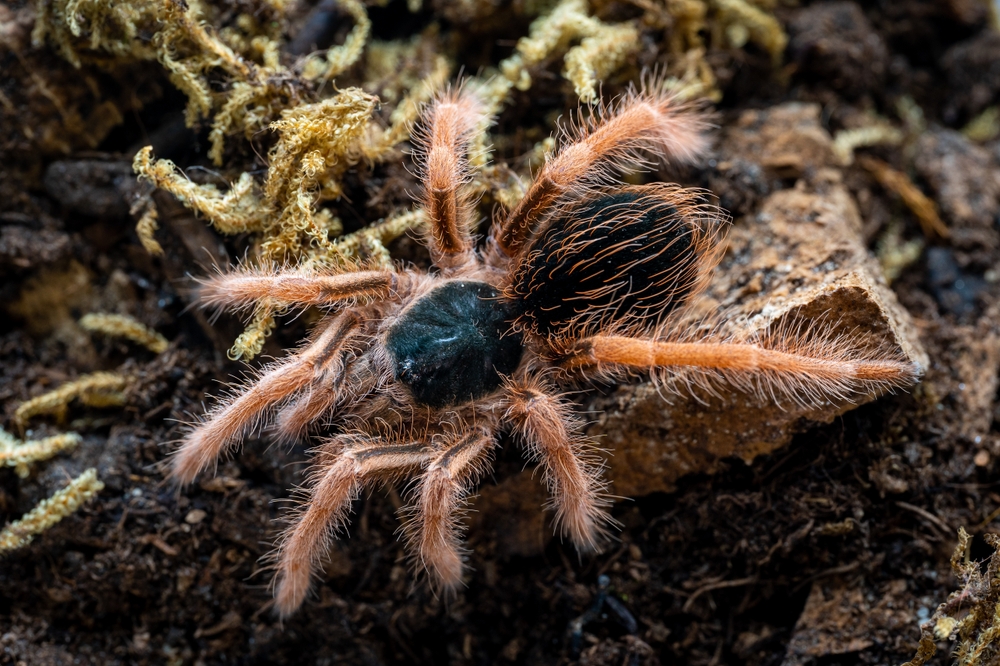
The Colombian giant redleg (Megaphobema robustum) is a striking tarantula with vibrant red and black coloring on its legs and body. Found in the rainforests of Colombia and Brazil, it reaches a leg span of 8 to 9 inches. Unlike many other tarantulas, it is known for its defensive behavior and unique movement patterns, sometimes spinning in circles to deter predators. Its diet includes insects, small amphibians, and even smaller tarantulas, making it an opportunistic predator in its habitat. Despite its size and aggressive defense, it’s not known to be particularly venomous to humans. In captivity, it has become a favorite among enthusiasts due to its impressive colors and size, though it requires a specialized environment. It often retreats to burrows during the day, preferring to hunt at night. It also uses its robust legs to dig complex burrows, providing additional safety.
Brazilian Salmon Pink Birdeater
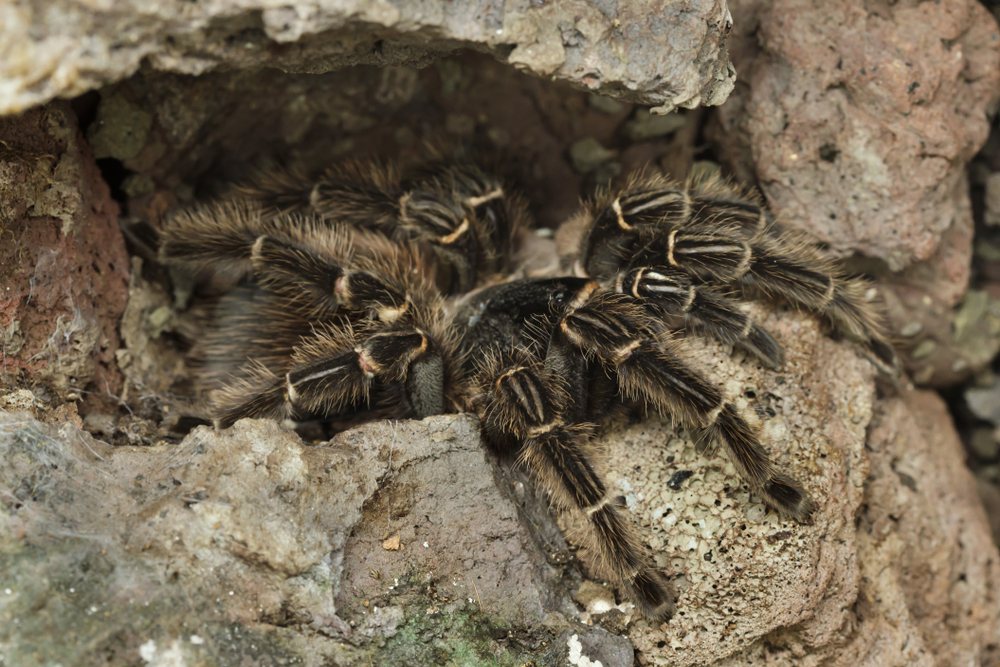
The Brazilian salmon pink birdeater (Lasiodora parahybana) is a massive spider native to the Atlantic forests of Brazil. This tarantula can reach leg spans of up to 10 inches and is notable for its salmon-pink hairs on its legs and body. These hairs give it a unique coloration, particularly visible when it sheds its old exoskeleton. It primarily feeds on insects, but it is known to eat small birds, lizards, and rodents when available. It is popular in the pet trade due to its impressive size and docile nature, although it can release urticating hairs as a defense. Its venom is relatively mild, posing no severe threat to humans. In the wild, these spiders are most active at night, using their powerful legs to burrow into the forest floor for shelter. It can live over 12 years, especially in captivity where conditions are more controlled.
Camel Spider

The camel spider (Solifugae order) is often referred to as a spider, although technically, it is a solifuge and not a true spider. These creatures are found in desert regions worldwide, including the Middle East, Africa, and North America, with a leg span reaching around 10 inches. Its body is pale, almost translucent, and it has large, powerful jaws that make up a third of its body length. Though they lack venom, they are capable of inflicting a painful bite due to their strong jaws. Known for their impressive speed, it can run at up to 10 miles per hour to chase down prey, which includes insects and small vertebrates. Despite urban legends, they pose little threat to humans and are generally non-aggressive. They are also known for their ability to tolerate extreme temperatures, which is essential for survival in their harsh desert habitats.
Chaco Giant Golden Orb Weaver
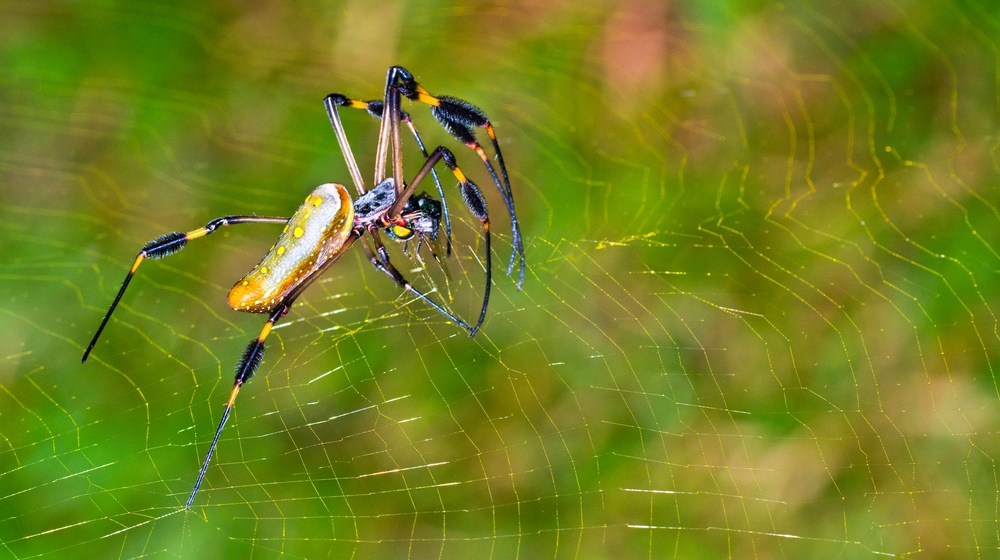
The Chaco giant golden orb weaver (Nephila clavipes) is known for its extraordinary web-making abilities and stunning golden-colored silk. Found throughout the Americas, this spider can reach a leg span of up to 12 inches. It has a distinctive golden hue on its body, with black markings that make it easy to identify. Unlike many other large spiders, it is known for building massive webs that can span over a meter in diameter, used to trap various flying insects. Its venom is mild and not harmful to humans, although it can be fatal to the smaller animals it preys on. It is most commonly found in warm, humid areas where it can build its webs in open spaces. Its golden silk is also known for its strength, often considered tougher than steel on a per-weight basis.
Giant Huntsman Spider
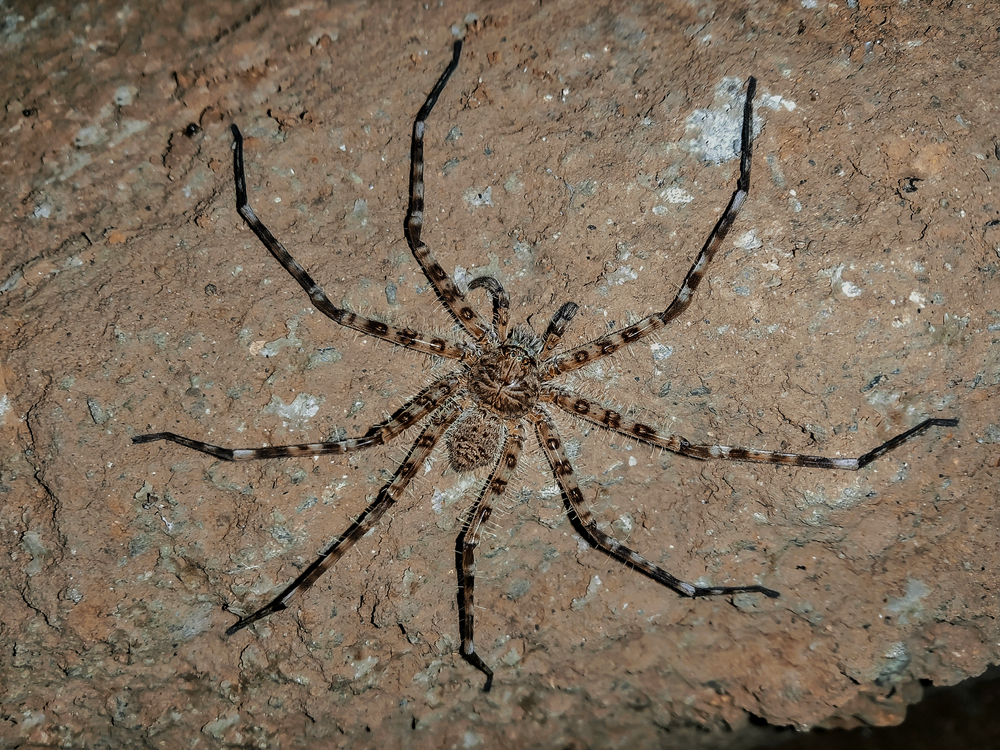
The giant huntsman spider (Heteropoda maxima) holds the title of the world’s largest spider by leg span, reaching up to 12 inches. It was discovered in Laos in 2001, primarily inhabiting caves where it preys on insects and small animals. Its body is tan with dark markings on its legs, which are long and thin, giving it an impressive reach. Unlike web-spinning spiders, it actively hunts its prey, using its speed and agility to catch insects and small vertebrates. Its venom is mild, not posing any significant threat to humans, although its large size can be intimidating. This species is particularly known for its unique sideways walking style, a characteristic of huntsman spiders. Its size and behavior make it a fascinating subject for researchers studying cave-dwelling species.
Goliath Birdeater
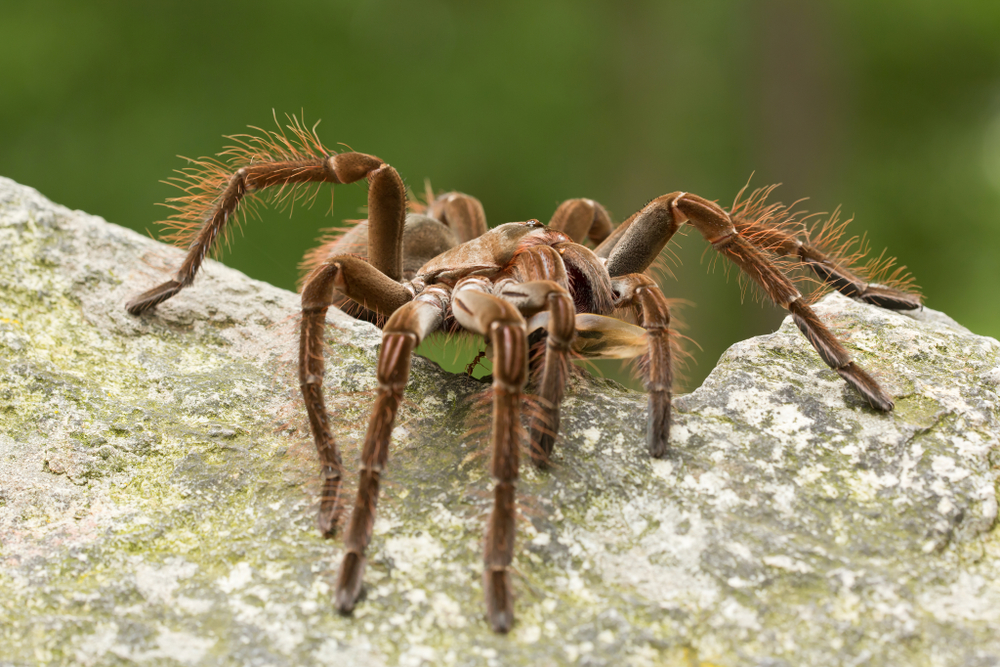
The Goliath birdeater (Theraphosa blondi) is considered one of the heaviest spiders globally, with some weighing over 6 ounces. Native to the rainforests of northern South America, particularly in Venezuela, Brazil, and Guyana, this tarantula species is formidable in size, reaching up to 12 inches in leg span. Its body is covered with reddish-brown hair, and its legs have a spiky appearance due to protective hairs. Though its name suggests it eats birds, it primarily preys on insects, small mammals, and amphibians. It uses large fangs to capture prey, though its venom is not lethal to humans. Unlike many spiders, it makes a loud hissing noise by rubbing its legs together as a defensive mechanism. Its lifespan can be over 20 years in captivity, making it one of the longest-living spider species. It also has powerful silk for webbing, though it rarely uses webs to catch prey.
This article originally appeared on Rarest.org.
More from Rarest.org
15 Extraordinary Aquatic Creatures Found in Coral Reefs
Coral reefs are home to some of the most extraordinary and unusual creatures in the ocean. These vibrant ecosystems are filled with species that have evolved unique adaptations to survive in their complex environments. Read More.
15 Lesser-Known Species on the Brink of Extinction
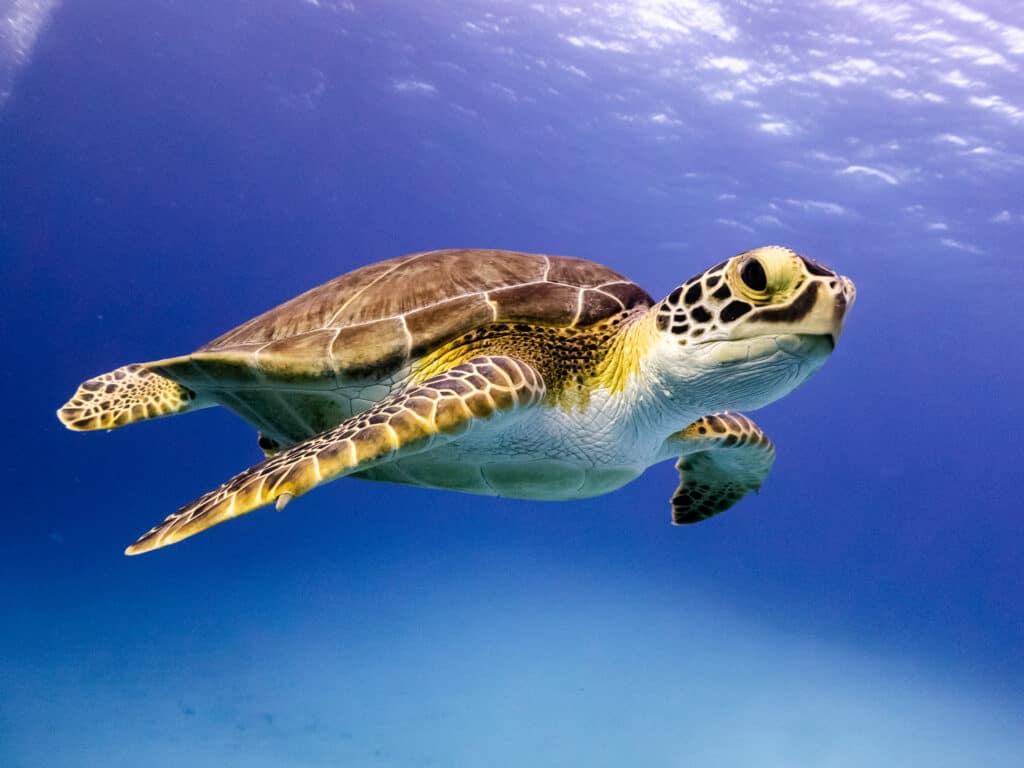
Many species around the world are facing the threat of extinction, but not all of them are well-known. While efforts to save popular animals like pandas and tigers often make headlines, lesser-known species are quietly disappearing at an alarming rate. Read More.
15 Rare and Exotic Amphibians Thriving in Remote Jungles
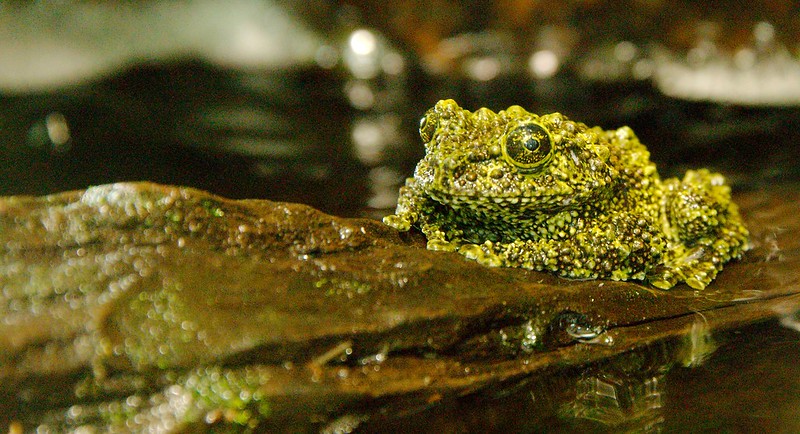
Deep within the world’s most remote jungles, a diverse range of rare and exotic amphibians thrive, often hidden from human view. These remarkable creatures have evolved unique traits to survive in their specific environments, from vibrant colors that ward off predators to extraordinary abilities like gliding or regenerating limbs. Read More.

